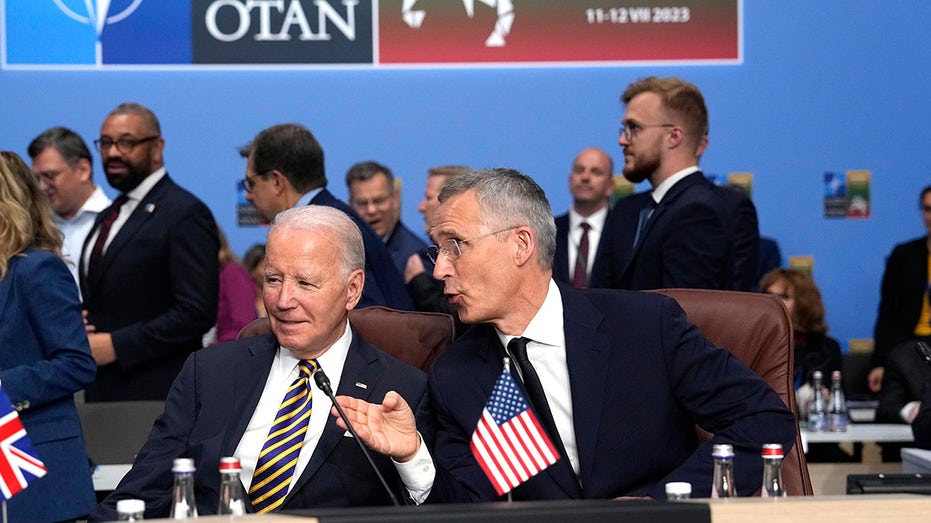:quality(70)/cloudfront-us-east-1.images.arcpublishing.com/adn/M5QC2IZO25U2U2H4Q6BMG22VVI.jpg)
DEIR AL-BALAH, Gaza Strip – The Health Ministry in the Hamas-ruled Gaza Strip said Thursday that the number of Palestinian deaths in the nearly nine-month war had risen to over 38,000.
The ministry said the bodies of 58 people had been taken to hospitals in the past 24 hours, bringing the total death toll to 38,011.
It was said that more than 87,000 people were injured in the fighting.
The ministry makes no distinction between fighters and civilians in its count, but many of the dead are said to be women and children.
Meanwhile, fighting has intensified between Israel and Lebanon’s Hezbollah, with the militant group saying it fired more than 200 rockets and exploding drones into northern Israel to avenge the killing of a senior commander in an Israeli airstrike the previous day.
The relatively low-level conflict has literally set the border on fire and raised fears of a potentially more devastating war in the Middle East. Hezbollah has said it will stop its attacks if there is a ceasefire between Hamas – another Iranian-backed ally – and Israel.
The United States has mobilized global support for a plan that would see the release of all hostages still held by the militant group in exchange for a permanent ceasefire and the withdrawal of Israeli troops from Gaza. But so far neither side appears to have fully embraced the plan.
Hamas proposed “changes” last month, some of which the US called unworkable, without providing details. Israeli Prime Minister Benjamin Netanyahu confirmed that the original proposal came from Israel, but expressed doubts about whether it would end the war – a key Hamas demand.
Hamas confirmed on Wednesday that it had sent another response to Egypt and Qatar, which are mediating the talks, but did not provide details. A U.S. official said the Biden administration was reviewing the response and called it constructive, but said more work needed to be done. The official, who was not authorized to comment publicly, spoke on condition of anonymity.
An Israeli official said Netanyahu will convene a cabinet meeting on Thursday to discuss the latest developments surrounding the negotiations. The official, who was not authorized to speak to the media about the meeting, spoke on condition of anonymity. Israel will likely hold further consultations before making a final decision on an amended proposal.
Hamas political official Bassem Naim said the group had neither accepted nor rejected the American proposal and had “responded with some ideas to bridge the gap between the two sides,” without elaborating. Ismail Haniyeh, Hamas’s top political leader, had shared proposals with Egyptian, Qatari and Turkish officials, the group said in a statement late Wednesday.
U.S. officials have said the latest proposal includes new language proposed to Egypt and Qatar on Saturday and refers to indirect negotiations to begin during the first phase of the three-phase agreement outlined by U.S. President Joe Biden in a May 31 speech.
The first phase calls for a “complete and comprehensive ceasefire”, a withdrawal of Israeli forces from all densely populated areas of the Gaza Strip and the release of a number of hostages, including women, the elderly and the wounded, in exchange for the release of hundreds of Palestinian prisoners.
The proposal called for the parties to negotiate the terms of the second phase during the 42 days of the first phase. Under the current proposal, during the second phase, Hamas could release all remaining men, both civilians and soldiers. In return, Israel could release an agreed number of Palestinian prisoners and detainees. The releases would only take place once “sustainable calm” has been established and all Israeli troops have withdrawn from Gaza. The third phase would involve the return of the hostages’ remains.
The biggest sticking point seems to be the transition from the first to the second phase.
Hamas fears that Israel could restart the war after the first phase, possibly because it made unrealistic demands in the talks. Israeli officials have expressed fear that Hamas could do the same, delaying the talks and the initial ceasefire indefinitely without releasing the remaining prisoners.
In a lengthy television interview last month, Netanyahu said he was ready to make a “partial deal” but was determined to continue the war “after a pause” to destroy Hamas. He later told the Israeli parliament that Israel remained committed to the agreement outlined by Biden.
The war began when Hamas-led militants launched a surprise attack on southern Israel on October 7, striking several military bases and farming communities and killing around 1,200 people, mostly civilians. They abducted another 250 people. More than 100 of them were released during a week-long ceasefire in November. The militants still hold around 80 hostages and the remains of 40 others.
Israel launched a major offensive in response to the Oct. 7 attack, killing more than 37,900 Palestinians, according to Gaza health officials. They could not say how many of them were civilians or militants. The war has caused widespread destruction across the territory, displaced most of the 2.3 million residents – often multiple times – and caused widespread hunger and fears of famine.
Kareem Chehayeb reported from Beirut. Aamer Madhani contributed to this report from Washington.

:quality(70)/cloudfront-us-east-1.images.arcpublishing.com/adn/M5QC2IZO25U2U2H4Q6BMG22VVI.jpg)


